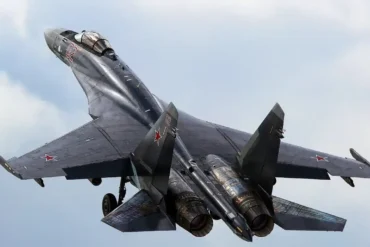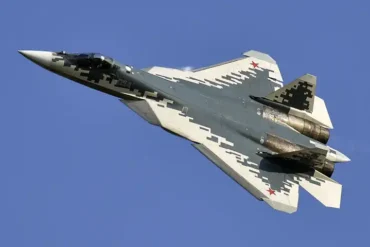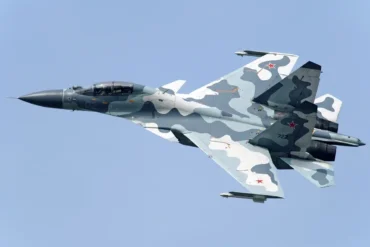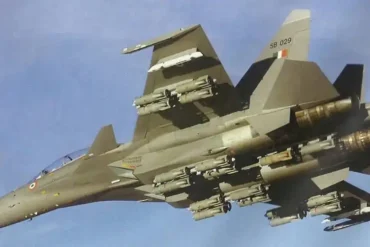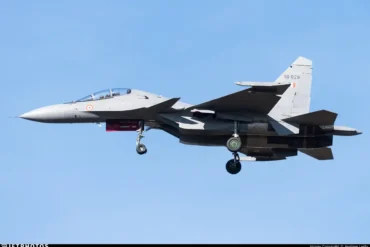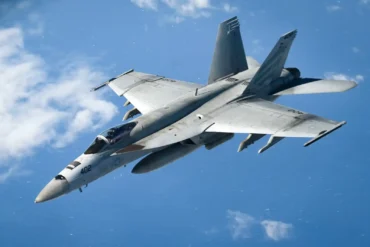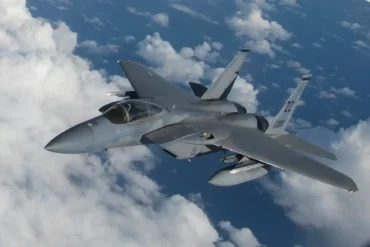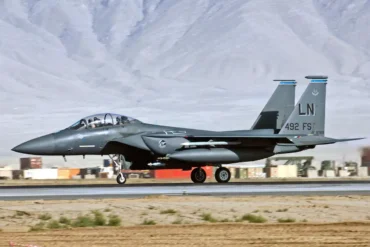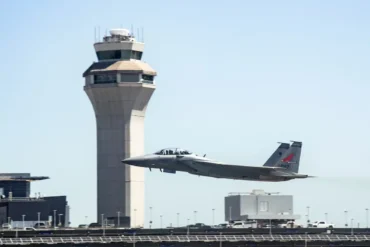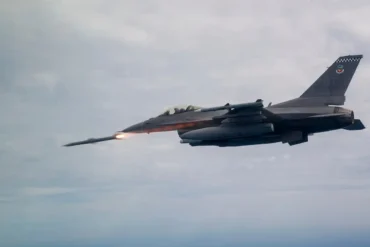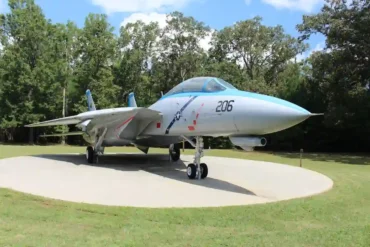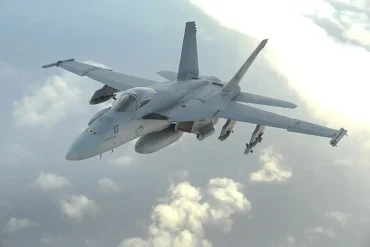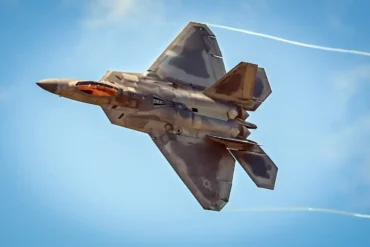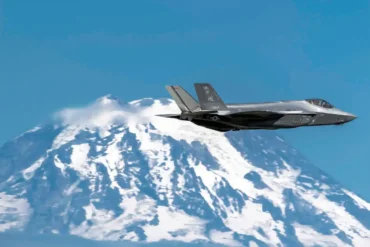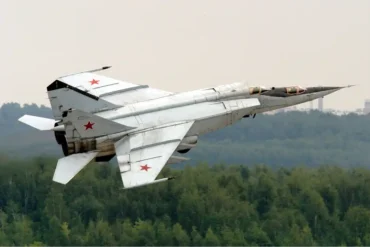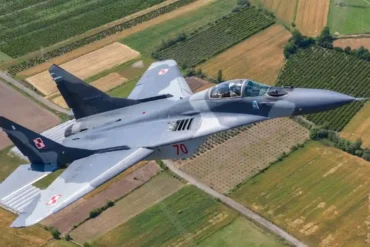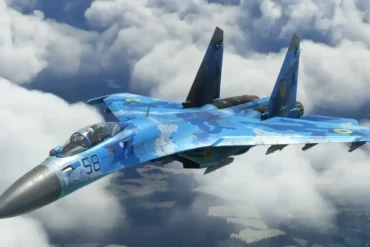The Sukhoi Su-30MKI, a versatile and powerful fighter jet, is an integral part of the Indian Air Force. Designed to perform a variety of roles including air superiority, ground attack, and maritime strike, the Su-30MKI has earned a reputation for being a highly capable aircraft. In this detailed guide, we will explore the jet’s top speed, how it compares across different units of measurement, and dive into its engineering marvels and performance metrics.
Top Speed of the Sukhoi Su-30MKI
The Su-30MKI is a high-performance fighter jet capable of achieving remarkable speeds at different altitudes. Its maximum speed is 2,120 km/h (or 1,320 mph) at high altitude, equivalent to Mach 2.0. At low altitude, the aircraft’s top speed is slightly lower, clocking in at 1,350 km/h (840 mph), which is still Mach 1.09.
The aircraft’s ability to maintain high speeds is critical to its role in combat situations, where rapid response times and maneuverability are crucial. The Su-30MKI’s speed, along with its maneuverability, makes it an effective adversary in aerial combat and enables it to evade enemy detection or interception.
Breaking Down the Design of the Sukhoi Su-30MKI
General Characteristics of the Su-30MKI
Before diving deeper into the aircraft’s speed capabilities, it’s important to understand the design and specifications of the Su-30MKI.
- Crew: 2
- Length: 21.935 meters (72 feet)
- Wingspan: 14.7 meters (48 feet 3 inches)
- Height: 6.36 meters (20 feet 10 inches)
- Wing Area: 62 square meters (670 square feet)
- Empty Weight: 18,400 kg (40,565 lbs)
- Gross Weight: 26,090 kg (57,519 lbs)
- Max Takeoff Weight: 38,800 kg (85,539 lbs)
- Fuel Capacity: 9,640 kg (internal)
The Sukhoi Su-30MKI is equipped with two Lyulka AL-31FP afterburning turbofan engines that provide a thrust of 123 kN (28,000 lbf) with afterburner, enabling it to achieve impressive speeds. This powerplant, combined with advanced aerodynamics, is one of the key reasons for the jet’s incredible performance.
Aerodynamics and Structure
The Su-30MKI’s aerodynamic design plays a significant role in its ability to achieve high speeds. The aircraft features a blended wing-body configuration, which provides the perfect balance between stability and agility. The canard delta wing design allows the aircraft to perform sharp turns and reach supersonic speeds more efficiently than traditional wing structures.
Max Takeoff Weight and Fuel Capacity
The jet has a max takeoff weight of 38,800 kg (85,539 lbs) and a fuel capacity of 9,640 kg, which allows for extended flight times, ensuring that the Su-30MKI can operate for long periods without the need for refueling. The fighter’s long-range capabilities are enhanced further by its ferry range of 8,000 km (5,000 miles) when refueled mid-flight.
Powerful Performance at High Altitudes
Maximum Speed at High Altitude
At high altitudes, the Su-30MKI can achieve Mach 2.0, reaching a maximum speed of 2,120 km/h (1,320 mph). This speed allows it to cover vast distances rapidly, making it an ideal choice for intercepting high-speed enemy aircraft or engaging in offensive operations.
The higher air density at lower altitudes generally increases drag, which reduces the jet’s speed. However, at higher altitudes, the reduced air density allows the aircraft to reach and maintain supersonic speeds more efficiently. This performance is crucial in air-to-air combat scenarios, where the Su-30MKI can utilize its speed advantage to engage or evade enemies.
Role of Afterburning Turbofan Engines
The Lyulka AL-31FP turbofan engines are designed to operate at high altitudes, providing optimal thrust even in thin air. With the help of afterburners, these engines enhance the aircraft’s speed and maneuverability. Afterburners allow the Su-30MKI to reach supersonic speeds without the need for additional power, making the aircraft more agile and capable of accelerating quickly.
Handling and Agility
Superb Maneuverability at High Speed
While speed is a critical factor for any fighter jet, maneuverability is equally important. The Su-30MKI’s exceptional g limits of +9 allow it to withstand extreme forces while maintaining control during high-speed maneuvers. The aircraft’s agility at high speeds makes it an excellent choice for dogfights, where rapid turns and evasive maneuvers are required.
Rate of Climb and G-Forces
The Su-30MKI has an impressive rate of climb of 300 meters per second (59,000 feet per minute), allowing it to reach operational altitudes quickly. This ability, coupled with the aircraft’s high g-limits, ensures that the Su-30MKI can maintain high speeds while executing sharp turns and evasive maneuvers without compromising stability.
Comparison with Other Fighter Jets
Sukhoi Su-30MKI vs. F-16 Fighting Falcon
When comparing the Su-30MKI with other fighter jets, such as the F-16 Fighting Falcon, the Su-30MKI stands out in terms of speed and performance. While the F-16 has a maximum speed of around 2,100 km/h (1,300 mph), the Su-30MKI’s Mach 2.0 speed at high altitudes gives it an edge in terms of sheer velocity.
Moreover, the Su-30MKI’s advanced avionics, coupled with its speed, provides a superior edge in both offensive and defensive roles compared to other fighter aircraft.
Sukhoi Su-30MKI vs. Eurofighter Typhoon
The Eurofighter Typhoon is another competitor in the high-speed fighter jet category, with a top speed of 2,495 km/h (1,550 mph) at higher altitudes. Although the Typhoon’s top speed exceeds that of the Su-30MKI, the Su-30MKI excels in terms of versatility and performance at both low and high altitudes, offering a well-rounded capability for air superiority missions.
Long-Range Capabilities and Strategic Importance
Extended Range and Combat Effectiveness
The Su-30MKI’s range of 3,000 km (1,900 miles) at high altitude and 1,270 km (790 miles) at low altitude make it ideal for long-range combat missions. It can engage multiple targets, support ground operations, and carry out air superiority missions far from base.
The aircraft’s ferry range of 8,000 km with in-flight refueling provides it with unparalleled strategic flexibility. The ability to operate in distant theaters of war without refueling allows the Indian Air Force to project power and maintain a constant presence in any given region.
Adaptability to Various Combat Scenarios
One of the most notable features of the Su-30MKI is its ability to perform in multiple combat scenarios. Whether it’s engaging in air-to-air combat, intercepting enemy bombers, or providing close air support for ground forces, the Su-30MKI’s top speed and adaptability make it a powerful asset for the Indian Air Force.
Conclusion
The Sukhoi Su-30MKI is an exceptional fighter jet that combines speed, maneuverability, and long-range capabilities to deliver superior performance in various combat scenarios. With its Mach 2.0 speed at high altitude, impressive climb rates, and advanced avionics, the Su-30MKI proves itself as a formidable force in modern aerial warfare.
Its top speed in various units—2,120 km/h, 1,320 mph, and Mach 2.0—ensures that it remains one of the fastest and most capable fighter jets in the world today.

